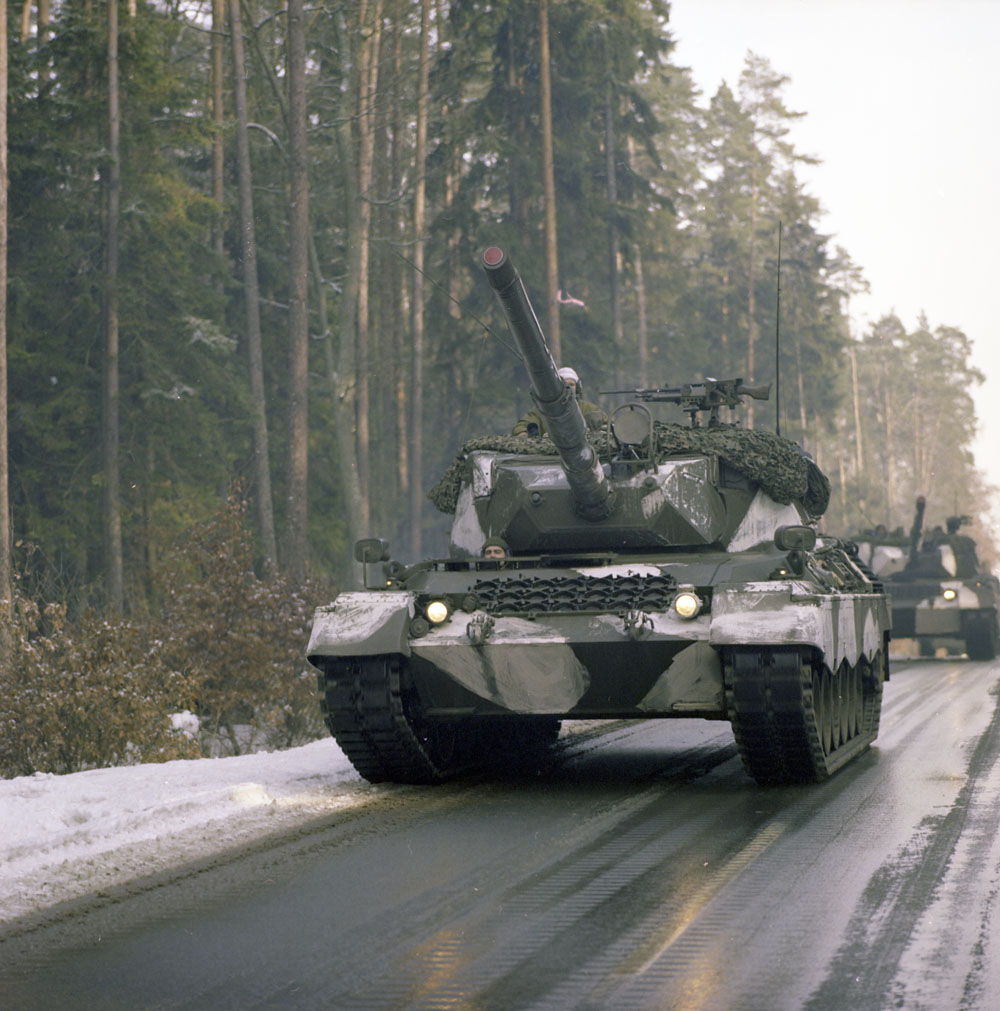Article
Canada and the Battle of Passchendaele
The Battle of Passchendaele, also known as the Third Battle of Ypres, was fought during the First World War from 31 July to 10 November 1917. The battle took place on the Ypres salient on the Western Front, in Belgium, where German and Allied armies had been deadlocked for three years. On 31 July, the British began a new offensive, attempting to break through German lines by capturing a ridge near the ruined village of Passchendaele. After British, Australian and New Zealand troops launched failed assaults, the Canadian Corps joined the battle on 26 October. The Canadians captured the ridge on 6 November, despite heavy rain and shelling that turned the battlefield into a quagmire. Nearly 16,000 Canadians were killed or wounded. The Battle of Passchendaele did nothing to help the Allied effort and became a symbol of the senseless slaughter of the First World War.














